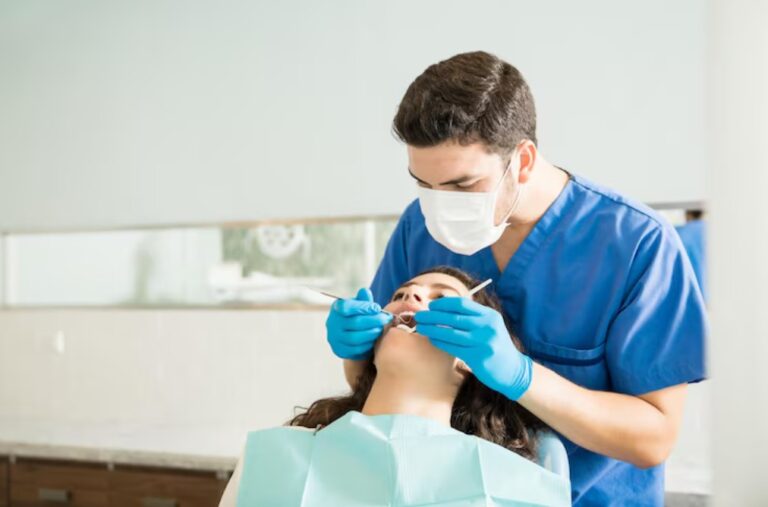
You want a calm dental visit for your family. Positive reinforcement in family dental care can help achieve this. Encouragement helps reduce fear and stress. Regular praise can make dental visits more pleasant. This technique also boosts cooperation. Your Lutz family dentist likely uses this approach. Positive words and gestures lead to better dental habits in children. They feel more comfortable and confident. You help your child achieve excellent oral health when you reinforce good behavior. Simple actions like smiling can make a big difference. Over time, your child learns that dental visits are not scary. They see them as part of routine care. With positive reinforcement, you help them develop a lifelong habit of good oral hygiene. In turn, they experience fewer dental problems. This approach can be a game-changer for family dental interactions. Embrace it to change your family’s dental experience.
Benefits of Positive Reinforcement
Positive reinforcement involves acknowledging and rewarding good behavior. It works because it encourages repetition of desirable actions. In dental settings, this method can transform your family’s experience. Dental anxiety in children is common. A friendly, supportive environment helps ease this anxiety. When dental staff use positive words, children start associating visits with positive emotions.
A calm child is more likely to cooperate during procedures. This leads to more effective and faster treatments. Additionally, with reduced anxiety, there’s less chance of developing dental phobias. You will notice better attendance at appointments, ensuring ongoing oral health. The American Academy of Pediatric Dentistry recommends this approach for its effectiveness.
How to Implement Positive Reinforcement
You can use positive reinforcement at home to prepare for dental visits. Start by praising your child for brushing and flossing. Use a reward chart to track their daily dental routine. Offer small rewards for consistent effort. Before appointments, reassure them with positive stories about the dentist. During visits, stay calm and supportive. Your behavior influences their feelings.
Comparison Table: Traditional vs. Positive Reinforcement
| Aspect | Traditional Approach | Positive Reinforcement |
|---|---|---|
| Child’s Emotion | Fearful | Calm |
| Behavior | Uncooperative | Cooperative |
| Dental Experience | Stressful | Pleasant |
| Long-term Outcomes | Reluctant Visits | Regular Visits |
Long-term Impact
Positive reinforcement doesn’t only benefit children. Family dental settings as a whole can see improvements. Parents often feel stressed when children are anxious. Reduced stress makes visits smoother for everyone. Siblings observing positive experiences are more likely to adopt good behaviors too.
Over time, this method can reduce the need for advanced dental treatments. Good habits lead to fewer cavities and diseases. Consequently, you save on medical expenses and treatments. The Centers for Disease Control and Prevention provide insights on maintaining oral health.
Also Read: Why Family Dentistry Is The Ideal Starting Point For Cosmetic Enhancements
Key Takeaways
Positive reinforcement is simple yet powerful. It creates a supportive dental environment. Encouraging good behavior results in calm dental visits. This method benefits both children and parents by reducing fear and stress. You can implement it at home and during appointments. With practice, dental visits can become a positive experience. Help your child develop lifelong healthy habits. Doing so ensures their bright smiles for years to come. Embrace positive reinforcement and watch your family’s dental health thrive.







